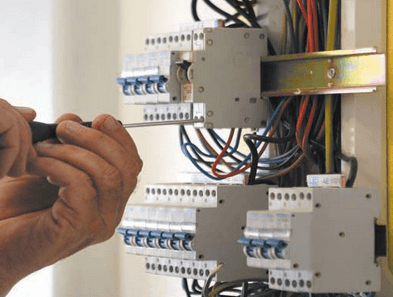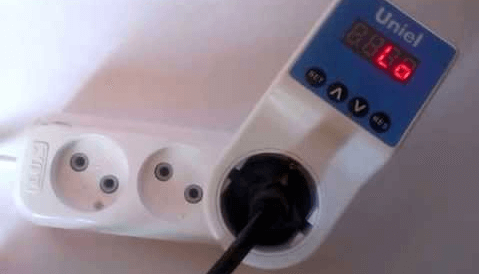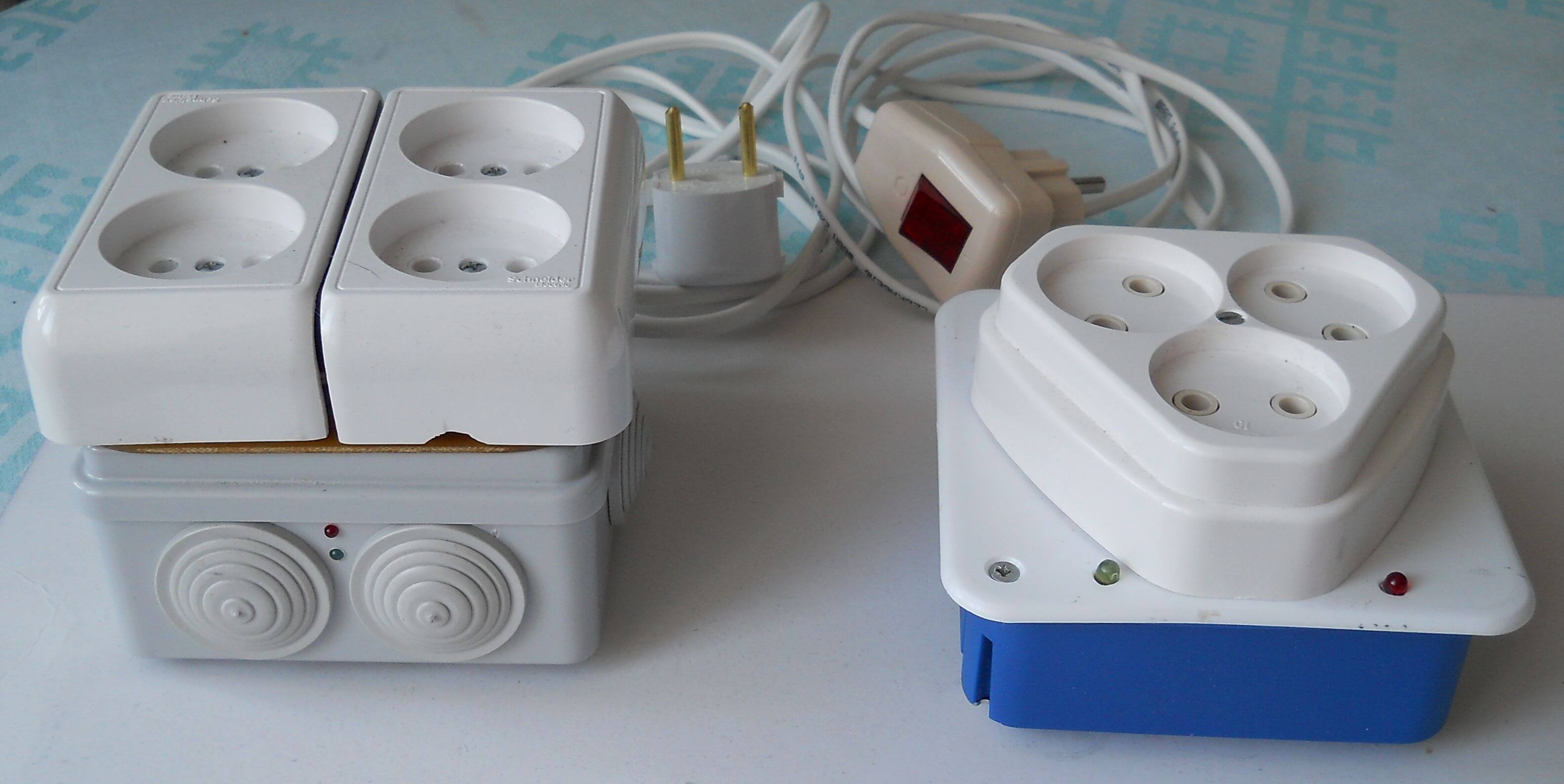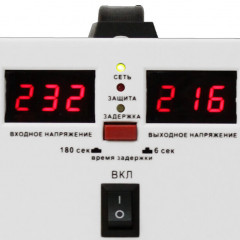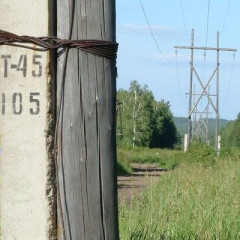A new way to protect your home network from overvoltage
Most modern protective devices with the most complete functionality are designed to be installed in the power panel of all consumers in an apartment or office. This option is convenient in terms of installation work, especially in new buildings, but has significant drawbacks:
- Impossible in many old apartments, where the power board is taken out and locked, and if installed inside, it simply does not have a place to install a protection device.
- In the case of ensuring the installation (with an additional shield or in other ways), it is necessary to anticipate the complexity of the situation when the whole apartment suddenly turns off, the lights go out (below, it will be clear from the text that this can happen quite often, especially in rural areas). It is good if the protection device has a small delay on inclusion. And if 5-10 minutes and she is unknown to the household? And if the voltage steadily increased slightly above the setpoint, which is typical for gardening and rural networks?
- At the moment of switching on after a blackout with a large number of consumers turned on, a refrigerator, a washing machine, other kitchen appliances, a TV (often 2, 3), a computer, etc., a strong inrush current occurs, which can lead to machine operation. Replacing it with an automatic machine with a higher current setting is dangerous, especially in houses with aluminum wiring and branching by twisting the wires, since the current of possible short circuits may not cause the machine to trip and the wires may melt, it is a disaster for hidden wiring.
Thus, this option is more suitable for stable power grids with very rare dips and overvoltages and for small (in terms of energy consumption) office and industrial premises.
For apartments, it can be considered more preferable. stabilizer installation. But then again, not for the whole apartment, but for individual consumers who need to be protected both from overvoltage, and from its decline - as a rule for refrigerators. As for modern electronic equipment. placed in the rooms, many already know that it has internal stabilizers that allow a wide range of supply voltages, from about 130 to 250 V. Therefore, it makes no sense to protect it with any external stabilizers. This requires special protection against overvoltage, starting from 253 V (the upper limit according to GOST for the quality of power supply), with good filtering from microsecond pulses.To solve this problem, for many years both the simplest ones (for example, “adapters”) and the highest-quality splitter filters have been developed and produced, with a constant (factory) or changeable (by the Consumer) setting for operation from voltage increase. An overview of such devices can be easily done on the Internet, so it makes no sense to list them with any comments. Let's move on better to the main issue that this article is devoted to, considering approaches to solving the problem of protection against high voltage.
The modern generation of the most functional protective devices was determined by the task of electric protection of refrigerators - two settings were required, for raising and lowering the voltage, and automatic switching on with a certain delay. Therefore, controllers and corresponding display and programming elements began to be used. There are also devices that are plugged in, such as Uniel UBR-16VR-1G35 / MDA relays.
As for the main function, - surge protection, although they have become more convenient and better in filtering and varistor protection against impulses, they have retained the main drawback - automatic shutdown of consumers when the voltage rises more than a certain fixed set point. As I noted above, according to the current GOST mains voltage deviation should not exceed 253 volts. However, many networks, especially rural and horticultural ones, have frequent and long-term excesses of this value. Therefore, manufacturers of protective devices provide for adjustment of the setpoint up to 270 V and even higher. At the same time, it is unprofitable for manufacturers of electronic equipment to provide high reliability up to such a level of supply voltage. Thus, the zone of 253-260 volts of the most probable long-term overvoltage is, we can say, the zone of the tacit and for many Consumers unknown, but technically real conflict of interests of Consumers and Manufacturers. Being a representative of the first side and having a fairly long experience in developing the so-called volt-automata, I resolved this conflict as follows.
Given the ever lower level of power consumed by household electronic equipment and the irrationality of protecting the entire apartment with one device, or many stabilizers, noted above, I took the following algorithm as a basis: starting from the maximum voltage limit according to GOST, the device must suppress its excess through active ballast and only at an input value of the order of 265 - 270 V, when its longer duration is unlikely, and the heat release on the ballast is already too large, the device should immediately turn off the load. Shutdown should occur when the ballast radiator overheats.
In order to minimize heat dissipation, the quenching should be dynamic (amplitude), that is, only along the “tops” of the sine wave. This algorithm was implemented using a fairly simple circuit, using analog and key elements of widespread use, that is, without significant costs. Structurally, the device is conveniently mounted in a typical junction box about 100x100 mm in size, commonly used for electrical wiring. Below are photos of two main options for a load power of about 500 - 1000 watts.
In my creative workshop, a “thermo-breaker” is also very convenient for the devices under consideration - an automatic machine that instantly (several ms) cuts off the load (based on a breaker with a button widely used in filters).
Unfortunately, the current crisis does not allow Protective device manufacturers splurge on new developments. My attempts on this score were unsuccessful precisely for this reason. But, if you look at the market through the eyes of a far-sighted Manufacturer, who also knows the noted and other shortcomings of existing models, you will see a fast and rapid drop in demand.It is necessary to update models that take into account the state of existing electricity networks and the interests of the general consumer, especially in rural and suburban areas. So the author is waiting for proposals in this regard from far-sighted company managers.

